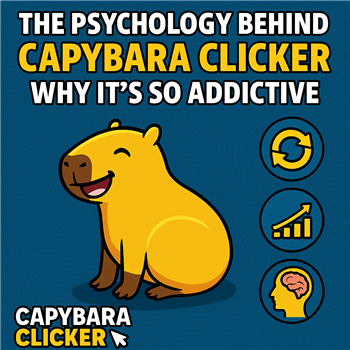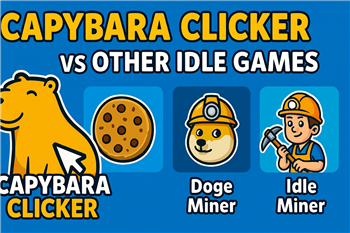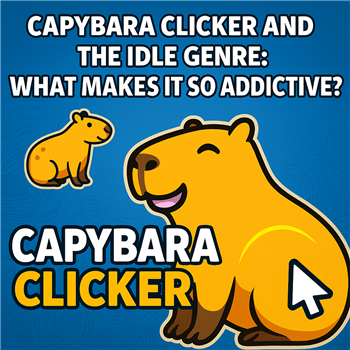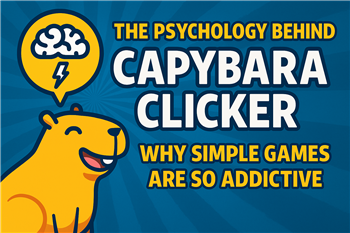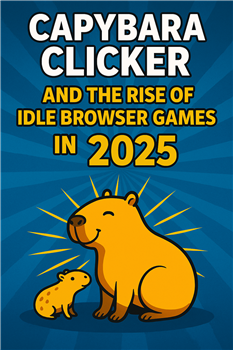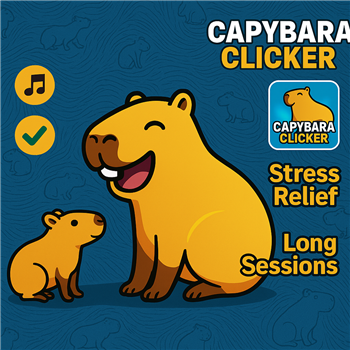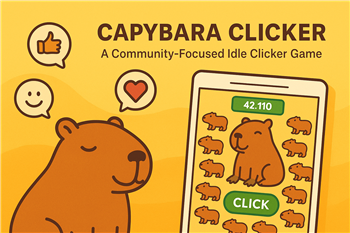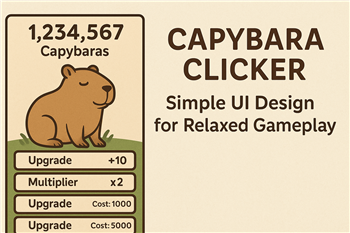The Psychology Behind Capybara Clicker: Why Idle Games Are So Addictive

Capybara Clicker Official may appear simple, but beneath its cozy surface lies a psychological system that’s finely tuned to our brain’s reward mechanisms. As one of the leading browser-based idle games in 2025, it taps into behavior loops that keep players engaged for hours without even realizing it.
🎯 Dopamine and Instant Gratification
Each tap, multiplier, or upgrade in Capybara Clicker delivers a burst of dopamine — a chemical that reinforces pleasure. When your actions produce immediate rewards, your brain learns to seek repetition. That’s how habits form — and why the clicking never stops.
💤 Passive Progress, Active Satisfaction
Idle games succeed because they eliminate pressure. In Capybara Clicker Official, you continue to gain capybaras even while away from your device. This passive growth satisfies our desire for advancement without overwhelming cognitive load.
🌀 The Flow State Effect
By balancing simple visuals, repetitive actions, and scalable goals, Capybara Clicker nudges players into a flow state — a mental zone where time seems to disappear. You might start for five minutes and find yourself still tapping thirty minutes later.
🔁 Reinforcement Through Visual Feedback
Every sparkle, level-up animation, and capybara evolution triggers visual feedback loops that condition your brain to associate play with satisfaction. These design elements are deceptively powerful — and incredibly effective.
🧠 Behavioral Science in Game Design
Games like Capybara Clicker aren’t just fun; they’re examples of how psychology and interactivity intersect. The game’s success reflects a deeper understanding of what keeps people engaged — progress, relaxation, and reward.
🧩 Try It Yourself
If you’ve ever wondered why idle games are so engaging, Capybara Clicker Official is the perfect case study. Play instantly in your browser — no installs, no ads, just good vibes.
About Capybara Clicker | FAQ | History of Idle Games
